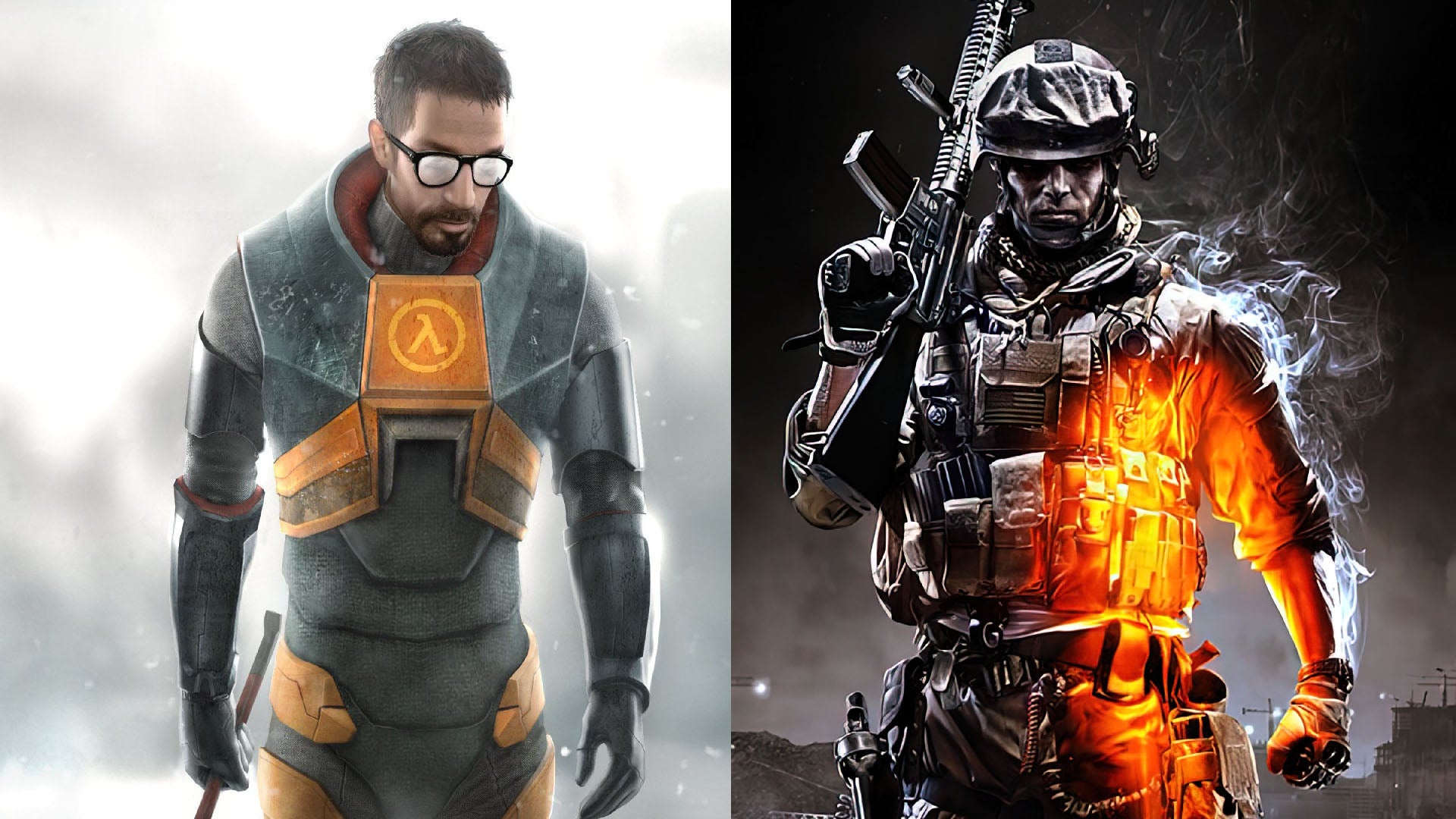Today, on the Digital Foundry YouTube channel, we’re posting the latest in our PC Retro Time Capsule ‘let’s play’ series. This is a semi-regular feature that looks to re-examine classic PC releases from across the decades, replaying them using period-appropriate PC hardware and re-appraising them with the benefit of hindsight – and the use of our modern performance analysis tools.
Have you ever wondered what the original Crysis would have looked like way back in 2007 on an Intel Q6600 paired with an Nvidia GeForce 8800GT? We went there and the results weren’t pretty. Our latest episode concentrates on Valve’s epoch-making Half-Life 2, as played on three very different pieces of gaming hardware, while subscribers have likely already seen our three-way Battlefield 3 head-to-head from last weekend.
Typically, my colleagues – John Linneman and Alex Battaglia – tackle these kinds of videos on their own, but the choice of Battlefield 3 and Half-Life 2 brings DF Retro coverage into the era of Digital Foundry’s existence where I handled the majority of the content that made its way to Eurogamer, so there has been a particular kind of pleasure in revisiting these games and also re-reading coverage from back in the day.
Sometimes there are situations where today’s tools explain somewhat vague commentary made so many years ago: even at 30fps, Half-Life 2 on PlayStation 3 looked jerky. Today, we call that inconsistent frame-pacing. Performance was wobbly to say the least in the worst spots in the EA-sanctioned port but today it’s pretty clear that the Cell processor was massively under-utilised in handling the Havok physics engine – the RSX doesn’t seem unduly taxed, but a single-threaded approach to physics is likely the core issue with that port. Despite being patched since our legacy face-off, the game’s core issues remain the same.
Similarly, it was interesting to take another look at Battlefield 3, seeing PC and both Xbox 360 and PlayStation 3 builds running side-by-side. Back in the day, BF3 was an enormous undertaking from DICE – a 2011 game looking forward to the arrival of 2013 console hardware, built around more efficient rendering and, in the case of Xbox One at least, DirectX 11. In an era where DX11 games actually seemed to run slower than DX9 equivalents, often laden with performance sapping features, DICE’s work on Battlefield 3 was phenomenal for its time and laid the groundwork for a game of Battlefield 4’s complexity to arrive with the new wave of consoles two years later.
